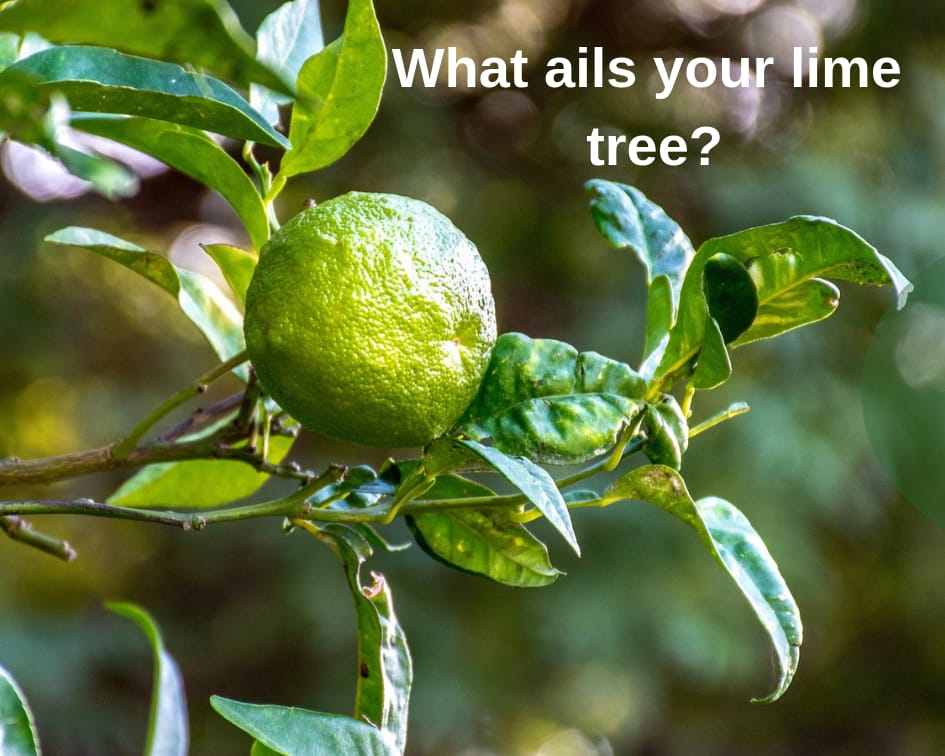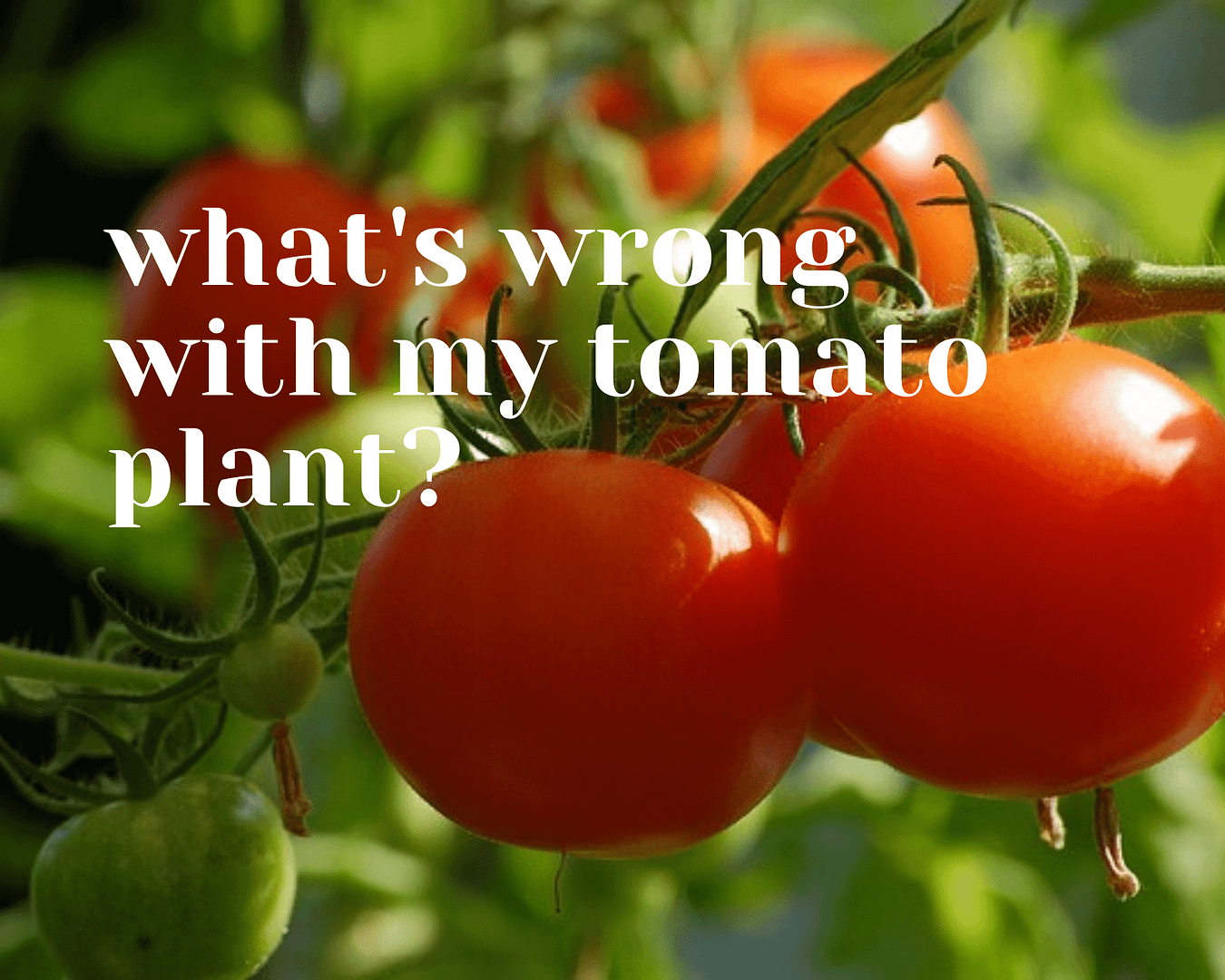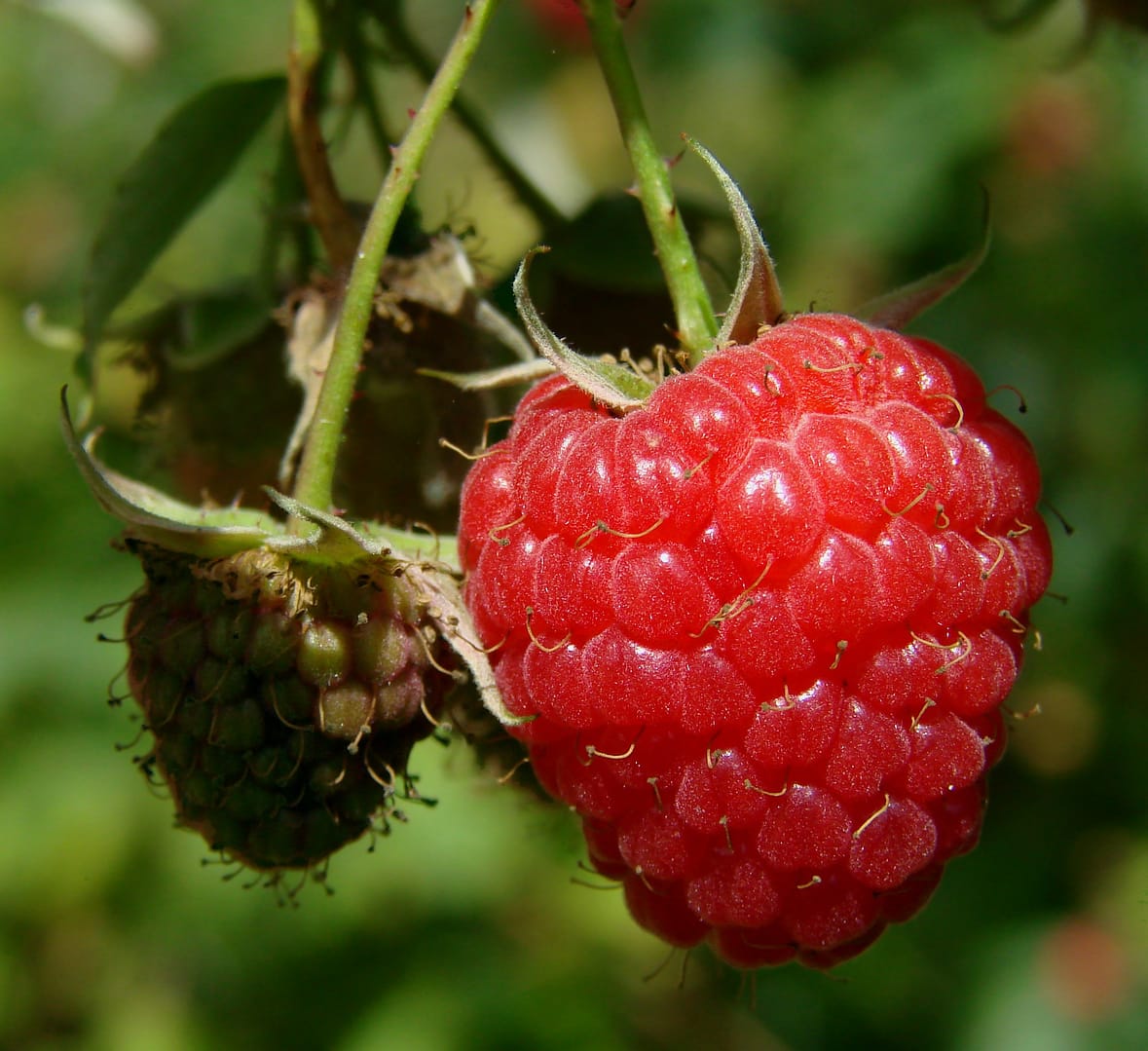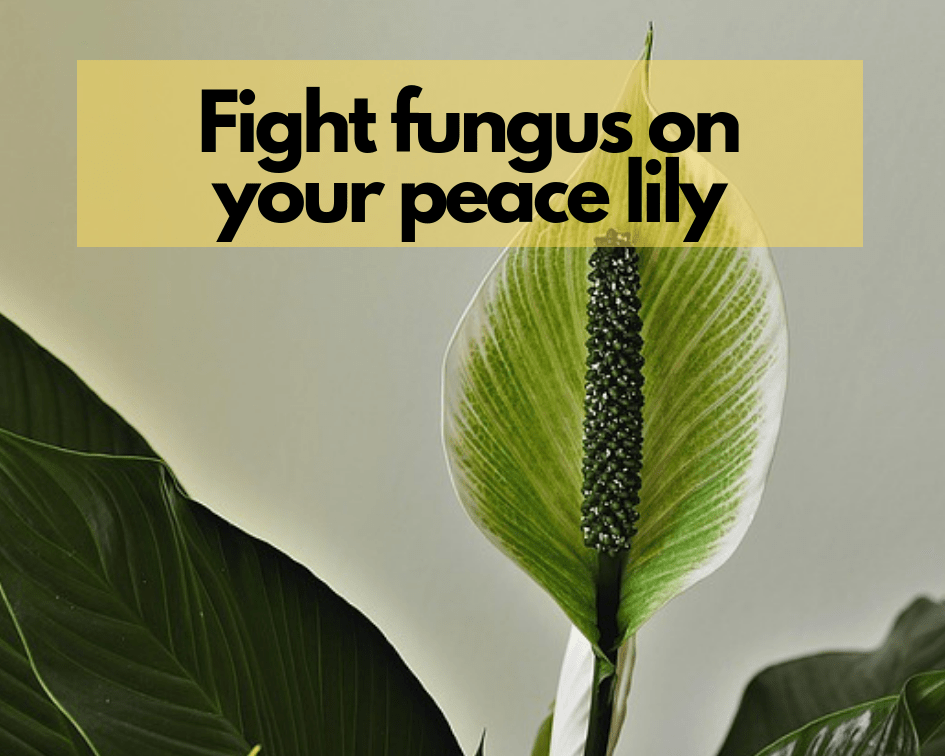This post may contain affiliate links. As an Amazon Associate we earn from qualifying purchases.
Kaffir limes, key limes, dwarf limes and Tahiti limes are some of the most popular types of limes grown in the home garden. They are also susceptible to the common lime tree diseases and other problems.
Lime tree problems caused by the weather
The lime tree’s ideal temperature is anything higher than 50 degrees Fahrenheit, officially hardy to zones 9 through 11 on the U.S. Department of Agriculture Plant Hardiness Zone Map (find your USDA Zone here).
In other words, lime trees don’t deal well with cold weather and frost can be deadly. Cold injury is most evident on the tree’s stems. Look for cracks and use sharp, disinfected pruning shears to cut the stems back into healthy wood.
Preventing frost damage on lime trees
Help mitigate frost damage by covering the lime tree when cold snaps are predicted. And, please, ignore anyone who recommends wrapping the tree in plastic or bubble wrap. While these materials are fine to spread on the soil to protect roots, they’re a deadly choice for a tree wrap, and here’s why.
Plastic can stick to the tree’s foliage, holding moisture against the leaves. Because plastic’s insulation qualities are minimal, at best, the moisture will freeze the foliage, killing it.
Use an insulated material to wrap the lime tree. This might include common household items, such as heavy comforters or bedspreads, old draperies, layers of burlap.
Or, purchase a frost blanket. You can buy them in different sizes at Amazon.com.
Whichever solution you choose, ensure that the soil is bare (rake away plant debris and mulch). Then, water the tree and apply the covering, ensuring that it extends to the soil.
If the frost is expected to be severe, considering winding old-fashioned incandescent holiday lights (not LED) through it to help provide additional warmth.
Don’t throw that plastic away, though. If rain is in the forecast, use the plastic to wrap around the insulation material to keep it dry.
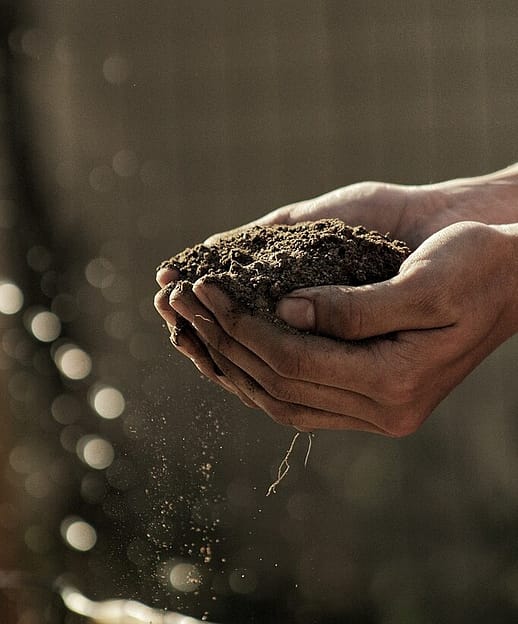 How’s the soil the lime tree is planted in?
How’s the soil the lime tree is planted in?
Check the soil’s drainage before planting a lime tree in a specific location by digging a 1 foot-deep hole and filling it with water. Let the water drain and then fill the hole again. This time, clock how long it takes the water to completely drain from the hole.
If it takes longer than 6 hours, either amend the soil to improve drainage or choose another planting site.
Speaking of planting a lime tree
It is also important to allow the graft union — the area on the trunk where the lime tree was grafted onto the rootstock — to remain several inches above soil level when planting the tree.
Equally important is to not bury the top of the root flare, also known as the “trunk flare.” It should be at the level of the soil when the tree is planted.
Ignore advice that calls for creating a watering well around the lime tree at planting. According to specialists with Texas A&M University, this almost guarantees the death of the tree within five years.
“When watering, do not concentrate the water at the base of the tree. Most of the fine roots, which take up moisture, are located
several feet from the trunk … focus on the area … underneath the crown of the tree to a few feet beyond the drip line. Watering infrequently, but deeply, encourages healthy root growth.” Read the university’s brilliant tree planting handbook.
Lime tree foot rot
There aren’t many plants that can survive constantly wet roots, and the lime tree is among them. In fact, a common disease of the lime tree is foot rot (also known as brown rot gummosis) and wet roots are the perfect environment for the fungus that causes it (Phytophthora spp.).
This little bugger is vicious, attacking the root system, the trunk (both below and above the soil), and all other parts of the tree, including the lime tree’s fruit.
Poor soil drainage and planting the lime tree with the graft union either under the soil or too close to it are cultural problems to avoid to prevent foot rot. Also, avoid overwatering.
Symptoms include yellow leaves, cracked bark and gumming.
Citrus canker
This is a bacterial disease that begins on the lime tree’s foliage. Check the tree’s leaves for white spots that eventually develop yellow rings around them. If the foliage and fruit then drop prematurely, suspect citrus canker.
Although the disease can be prevented, it is highly contagious and, once infected, the lime tree should be destroyed.
The pros at the University of Florida-IFAS Extension suggest that “no product has proven more effective than copper products,” in the prevention of citrus canker.
Southern Ag manufactures a liquid copper fungicide concentrate that can be purchased online at Amazon.com, here.
Since the spray should be applied to new growth, and the timing for such is regional, contact your county’s cooperative extension service for advice on when to begin a spray regime. You’ll find a directory of county extension offices right here on Gardenologist.org.
Speaking of the cooperative extension, there are a number of other diseases and disorders that can attack the lime tree. Fungal diseases are the most common. If you’re unsure of what ails your tree, take an affected branch or sample foliage to your local county extension office for help.
The agent can also suggest the best treatment option for your region.
According to the American Society for the Prevention of Cruelty to Animals, the essential oils and psoralens of the lime tree are toxic to dogs, cats and horses. “Clinical Signs: Vomiting, diarrhea, depression; potential dermatitis. Fruit is edible, skins and plant material can cause problems.”
Mention of a fertilizer or pesticide, or use of a pesticide or fertilizer label, is for educational purposes only. Always follow the product’s label directions attached to the container you are using. Be sure that the plant you wish to treat is listed on the label of the pesticide you intend to use. And observe the number of days between pesticide application and when you can harvest your crop.
